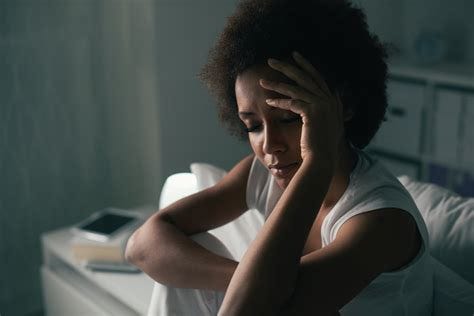Introduction:
Menopause is a natural process that occurs in women between the ages of 45 and 55. It is defined as the permanent cessation of menstruation due to the depletion of ovarian follicles. The post-menopausal period is associated with many physical and psychological changes, including the development of sexual dysfunction.
Sexual dysfunction in post-menopausal women can have a significant impact on quality of life and intimate relationships. This paper will review the current literature on the prevalence, causes, and treatment of sexual dysfunction in post-menopausal women.
Prevalence:
Sexual dysfunction is a common problem in post-menopausal women. Studies have shown that up to 68% of women experience some form of sexual dysfunction after menopause (1). The most common sexual problems reported include decreased libido, vaginal dryness, dyspareunia (painful intercourse), and difficulty achieving orgasm.
Causes:
The causes of sexual dysfunction in post-menopausal women are multifactorial. Hormonal changes that occur during menopause, such as a decrease in estrogen and testosterone levels, can result in vaginal dryness, atrophy, and decreased libido (2). Other factors that can contribute to sexual dysfunction include psychological factors such as anxiety, depression, and relationship problems, as well as medical conditions such as diabetes, cardiovascular disease, and pelvic floor disorders.
Treatment:
The treatment of sexual dysfunction in post-menopausal women varies depending on the underlying cause. Hormone replacement therapy (HRT) can be effective in treating vaginal dryness and atrophy by replenishing estrogen levels (3). However, HRT is not recommended for all women due to potential risks associated with long-term use.
Non-hormonal treatments for vaginal dryness include vaginal moisturizers and lubricants, which can improve sexual function and reduce discomfort during intercourse (4). Pelvic floor exercises, such as Kegels, can also improve sexual function by strengthening the muscles that control the vagina.
Psychological interventions, such as cognitive-behavioral therapy and sex therapy, can be effective in treating sexual dysfunction caused by psychological factors (5). These therapies can help women identify and address underlying psychological issues that may be contributing to sexual dysfunction.
Conclusion:
Sexual dysfunction is a common problem in post-menopausal women that can have a significant impact on quality of life and intimate relationships. The causes of sexual dysfunction are multifactorial, including hormonal changes, psychological factors, and medical conditions. Treatment options vary depending on the underlying cause and may include hormone replacement therapy, non-hormonal treatments, and psychological interventions. Healthcare providers should be aware of the prevalence of sexual dysfunction in post-menopausal women and work with their patients to develop an individualized treatment plan that addresses their specific needs.
References:
Dennerstein L, Randolph J, Taffe J, Dudley E. Hormones, mood, sexuality, and the menopausal transition. Fertil Steril. 2002;77 Suppl 4:S42-8.
Santoro N, Komi J. Prevalence and impact of sexual dysfunction in women with menopause. Expert Rev Obstet Gynecol. 2010;5(5):607-616.
North American Menopause Society. The 2017 hormone therapy position statement of The North American Menopause Society. Menopause. 2018;25(11):1362-1387.
Portman DJ, Gass ML. Genitourinary syndrome of menopause: new terminology for vulvovaginal atrophy from the International Society for the Study of Women’s Sexual Health and the North American Menopause Society. Menopause. 2014;21(10):1063-1068.
Kingsberg SA. Attitudinal survey of women







